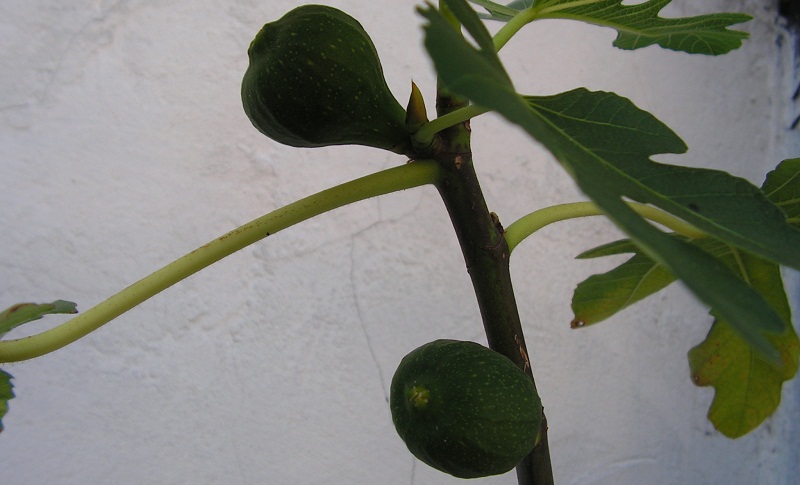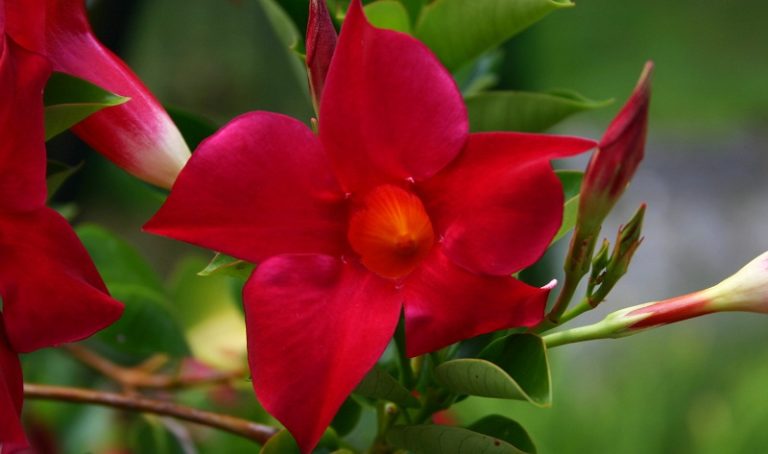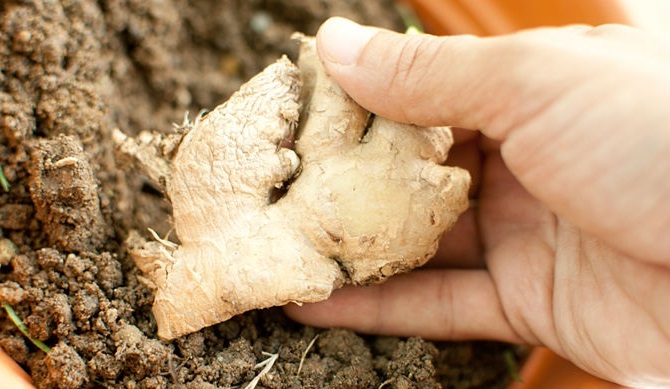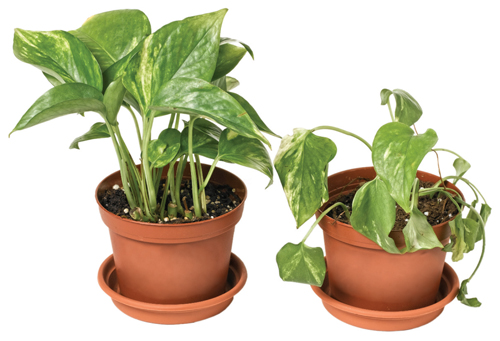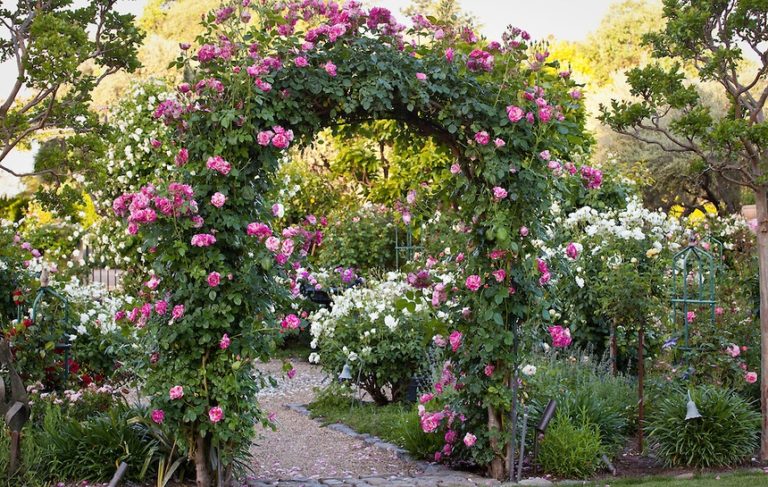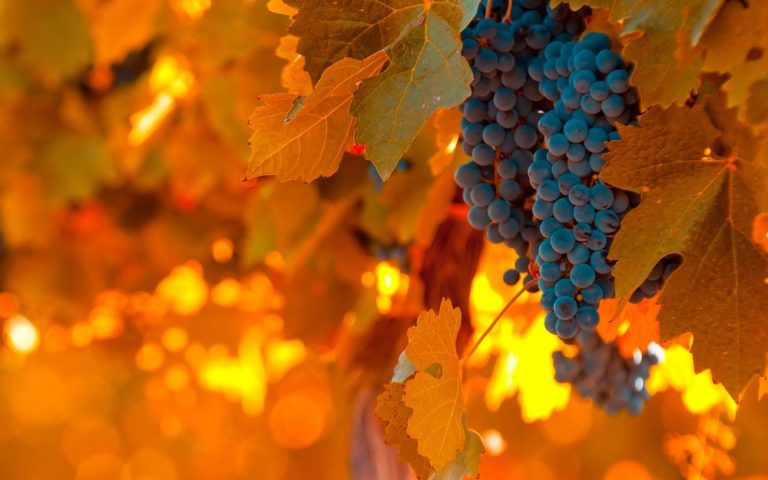Figs in a pot: care
Figs are a very useful berry, they contain a large amount of vitamins B, C, PP and beta-carotene, as well as minerals – potassium, calcium, magnesium, phosphorus and iron.
In Ukraine, the fig tree is most often found in the Crimea. This tree is grown outdoors as a valuable fruit crop that produces healthy berries. Also, figs can be grown in a pot in any part of our country.
Fig (fig, fig tree, Ficus carica) is a subtropical deciduous bushy plant from the mulberry family, which is successfully grown in colder latitudes, at home.
How fig fruits are formed
Dioecious fig flowers develop inside short generative shoots in the leaf axils of female plants and are actually not visible from the outside. In place of the flowers, seedlings begin to grow, which over time acquire a pear-shaped shape, increase in size and are painted in the color of mature figs (according to the variety). It is these delicious fruits that we call the fig harvest. Inside the juicy fruits, many fruits are collected – nuts, which are fig seeds.
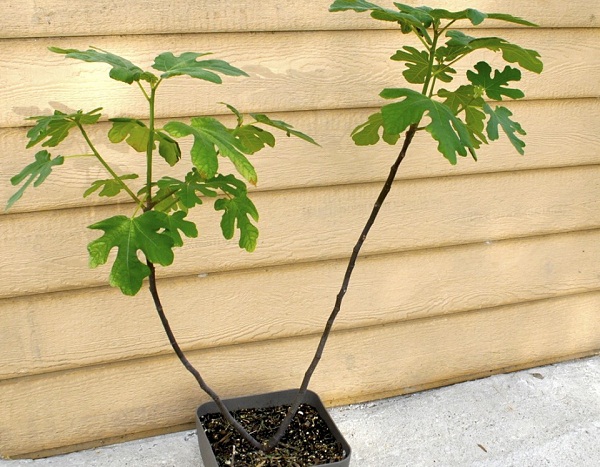
How to care for potted figs
Figs, the plant is unpretentious and easy to care for at home. With proper care, figs can grow beautifully in a pot and produce up to 2 harvests per year – at the end of June and at the end of September. Figs growing in a pot begin to bear fruit at 3 years of age.
Light for potted figs
Potted figs need diffused sunlight. Especially during the ripening period of the fruit. It will feel best next to the south windows. Also, the plant can be taken out into the yard after the threat of night frosts in a bright, shaded place. It is better to shade it from direct midday sunlight.
See also:ORCHIDS – ORCHID CARE
Watering figs in a pot
One of the main elements of caring for potted figs is watering. You need to water the plant in a pot every 3-5 days, depending on the air temperature. Allow the water to drain into the drainage holes and drain any excess liquid from the pan. The topsoil should dry out a little between waterings. Such watering is necessary during the period of active growth, which begins in January and ends in October. In autumn, the tree begins to shed its leaves. During the dormant period – from November to the last days of December, the tree requires less frequent watering.
Air temperature for figs in a pot
The air temperature for figs in a pot should be +10 – +30 ° C. Higher or lower temperatures can lead to slower growth. In winter, a low temperature regime is required.
Fertilizer for figs
It is necessary to feed figs in a pot throughout the growing season (February – October ). It begins at the end of winter with swelling of the buds. Feed the plant 1 time in 2 weeks with organic fertilizers.
Fig transplant
Transplantation in fig care is very important. You need to transplant the plant every year, in spring, at the beginning of the growing season. You need to transplant figs into a larger pot (6cm) than the previous one. The root system of the plant is very tender when transplanting, try not to damage it. When choosing a pot, you need to take into account the fact that in a cramped pot the fig tree bears fruit earlier and there will be more fruits. The soil for the plant should consist of: sod land, compost and sand(2:2:1). When growing indoor figs in pots, perlite is also added to the earthen mixture to improve water permeability, and a layer of drainage (expanded clay) should be poured onto the bottom of the container.
Pruning figs in a pot
To form the crown and for a more compact and decorative appearance of the tree, you can cut off the top and side branches when active growth begins. As soon as it begins to grow actively, you can pinch the shoots. This will stimulate the development of a dense crown. Figs tolerate pruning well.
Fig propagation
The easiest methods of propagation of figs are layering or basal processes. A fig branch is bent to the ground, fixed, sprinkled with soil and regularly moistened. After a couple of months, roots appear in the layering. The new plant will bear fruit already in the 2nd or 3rd year. The root shoots are separated from the main fig tree with pruning shears, this can be done at any time.
Those wishing to grow figs from seeds should remember that fig seedlings from nurseries and garden centers are female plants obtained by vegetative propagation (from cuttings). Fig seeds inside such fruits are sterile if there was no male plant nearby during flowering, so you will not be able to grow new figs from them.
Diseases and pests
Caring for figs also includes pest control – these are spider mites and mealybugs. Of the diseases, gray rot caused by excessive watering is common.
The most common cause of leaf fall is excessive moisture or dry soil, but overdrafts or direct sunlight can also be the cause of leaf fall.

